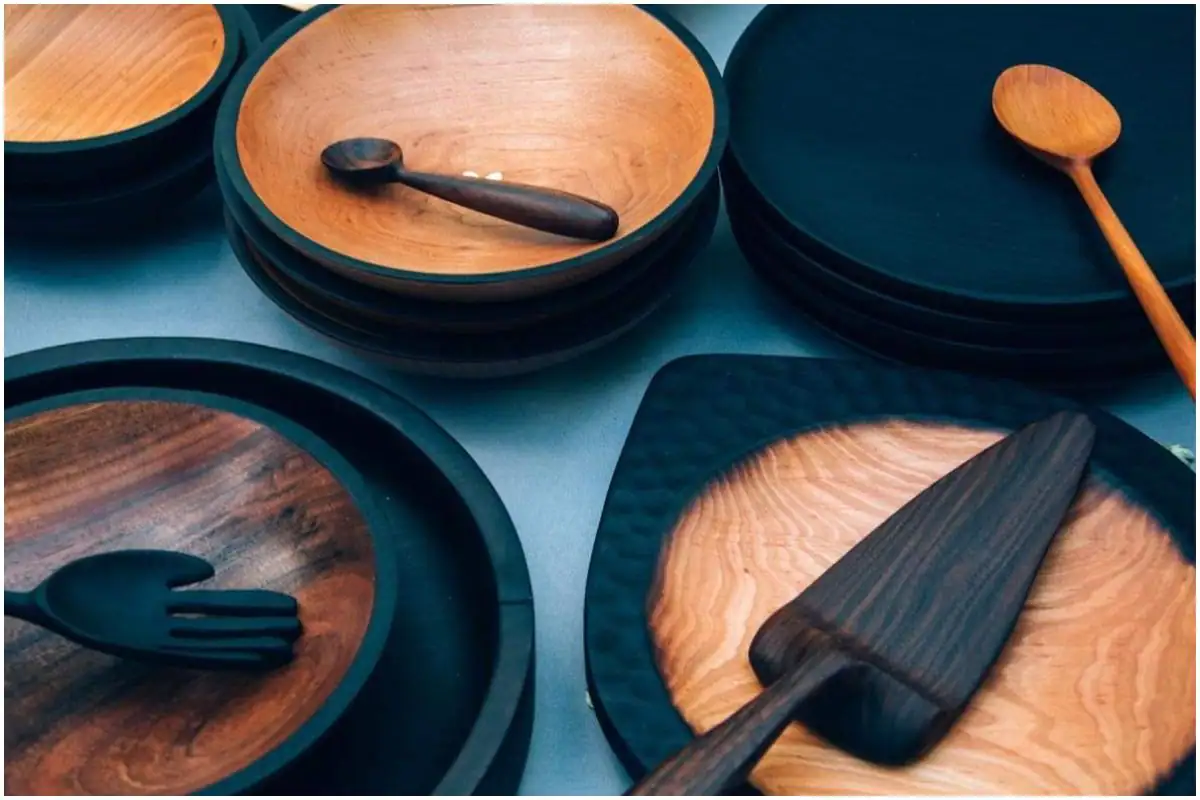Non-biodegradable silicone is better for the environment than plastic.
Individuals have a strong preference for the cooking utensils they use. It’s true that healthy eating is dependent on several things, and cookware is one of them.
As you’ve probably seen, silicone cookware, such as spatulas and spoons as well as brushes and moulds, has become increasingly popular and preferred over plastic, wood, stainless steel and aluminum in recent years. They’re claimed to be flexible and resilient, and won’t damage your pots and pans, according to the manufacturers of silicone utensils.
According to Lakshita Jain, a qualified clinical dietitian and the creator of NUTR, silicone is a synthetic (rubber) that comprises “bonded silicon and oxygen and, in some circumstances, carbon”. Silicone is commonly mistaken for plastic by those who don’t know any better. As the name suggests, silicon is derived from silica or quartz sand. Silicium is the primary component of silicone instead of carbon.
It’s done by heating up silica, a quartz-like material that is common in sand. Silicon is then cooled and crushed into a fine powder.”
The silicone industry uses conventional silica gel, whereas food-grade silica gel is utilized in items that come into contact with food.
Both of these criteria can be used to assess quality:
- It has a strong smell, which is typical for silicone. There is a little odor to certain food-grade silica gels; however, the odor dissipates over time and is safe to use.
- Silica gel of the food grade variety has a high degree of hardness and flexibility. Changing the form of an object permanently by tugging is difficult. Silicone goods that are commonly available are readily distorted and have a harsh feel to them.










